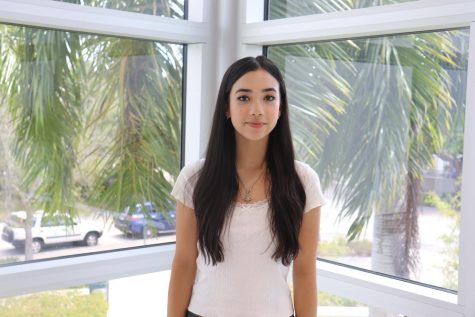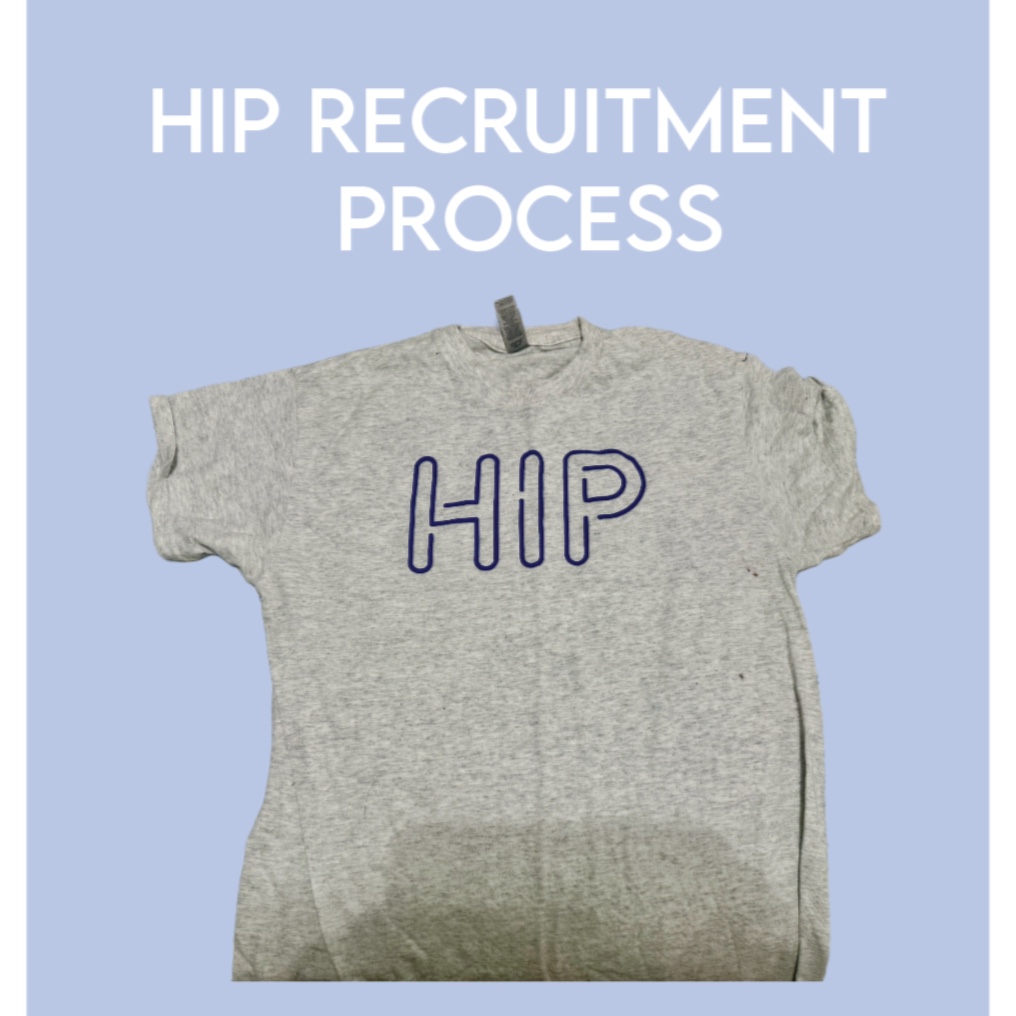Science Says: Nestle’s Plan to Bottle More Water Puts Florida Springs at Risk
March 24, 2021
For decades, Nestle and many other companies have bottled and sold water from Florida’s springs. Now, Nestle wants to maximize the amount of water they harvest from the springs, sparking anger from Floridian environmental groups.
Nestle pumps the water from the Santa Fe River system, which connects to Ginnie Springs in Florida. The Wray family, who own the land around Ginnie Springs, originally issued the Seven Springs Bottling Company a permit in 1995, modifying it in 1999. This modification allowed a total of 1.152 million gallons to be pumped a day, but Seven Springs only took around one third of that amount. Currently, Seven Springs has a contract with Nestle, and Nestle wants to begin drawing out the maximum amount. Florida makes $115 from the deal because of a single application fee Seven Springs would pay, whereas Nestle stands to potentially make millions from the sold bottles.
The vote on the permit has gained attention from environmental groups and caused an uproar. Protesters in Florida oppose the permit in fear that pumping more than a million gallons of water a day could potentially harm the Florida ecosystem. With over 1,000 springs in the state, Floridians have access to drinking water, important natural habitats and places for recreation. Scientists believe that if Florida does not take action, the springs may disappear. Robert L. Knight, executive director of the Howard T. Odum Florida Springs Institute, says that if the government does not step in to regulate how much groundwater people pump, Floridians face a bleak future.

Over 157,000 people have signed a change.org petition to prevent Nestle from draining almost 1.2 million gallons a day from Ginnie Springs, claiming it would negatively impact the environment. These claims include the argument that pumping the water would cause water quality to deteriorate, threatening the area’s natural beauty and ecological diversity, and that the drop in water level would stall river flow.










